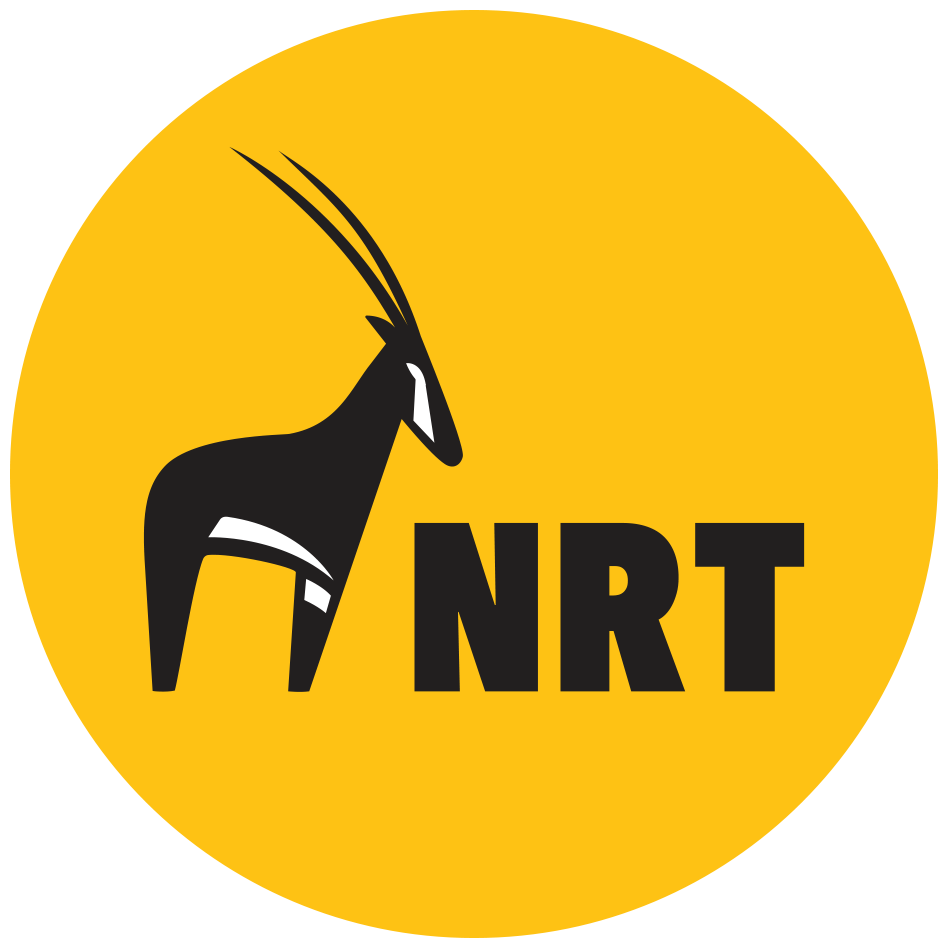Collaboration for Conservation: Kenya’s Tourism and Wildlife Cabinet Secretary Visits NRT and Nasuulu Community Conservancy
Community conservation in Kenya has grown over the years thanks to the joint efforts and support of local communities, national and county governments, and partners in wildlife conservation and other sectors.
Indigenous communities, on the other hand, are reaping significant benefits from conservation, with avenues such as tourism, beading, and the Northern Kenya Rangelands Carbon Project providing employment and funding for community development projects, addressing needs such as access to education, hospitals, and clean water.
Community conservancies have had a significant impact on conservation resulting in numerous positive outcomes including, reduced poaching, the creation of safer spaces and dispersal areas for elephants, a rise in the populations of endangered wildlife species, improved livelihoods, enhanced coexistence among different ethnic groups, and a high level of community buy-in on matters conservation.
There is an urgent need, however, for community conservancies to be self-sustaining.
Hon. Peninah Malonza, Cabinet Secretary for Tourism, Wildlife, and Heritage, pointed out during her April visit to the Northern Rangelands Trust (NRT) and Nasuulu Community Conservancy that collaboration on areas of expertise and collective action is the best way to achieve wildlife conservation goals.
“We must start and uphold strong cross-sectoral partnerships and collaborations if we are to succeed in conservation. There should be cooperation on all levels, from NRT to the county governments, to the national government, to the communities,” the CS added.
While pledging her support for NRT’s community conservancy model, the CS described it as a grassroots conservation platform that improves community livelihoods while preserving Kenya's wildlife.
She encouraged conservation organisations to leverage the relationships among numerous stakeholders working in the wildlife sector to achieve greater outcomes, increase community resilience, and ensure sustainable conservation.
The Cabinet Secretary was accompanied by the Principal Secretary for the State Department for Wildlife, Silvia Museiya, the Tourism and Wildlife Chief Administrative Secretary, Hon. Rehema Jaldesa, and officials from the Isiolo, Samburu, and Laikipia County Governments, the Kenya Wildlife Service (KWS) and the Wildlife Research and Training Institute (WRTI) among other distinguished guests.
During the visit, the government officials sought to deepen their understanding of NRT’s community conservancy model and our work, particularly on biodiversity conservation, livelihoods’ improvement, tourism, the Northern Kenya Rangelands Carbon Project (NKRCP), and wildlife conservation across the Kenya-Uganda border.
"The government believes in supporting community wildlife conservancies and is ready to work with these institutions on issues related to sustainable tourism, human-wildlife conflict (HWC) mitigation, and community awareness," added CS Malonza.
After visiting our headquarters, the CS went to Nasuulu Community Conservancy, where she met with community members and launched Nasuulu’s tourism banda (self-catering accommodation facility), which was constructed with funds from the NKRCP. The banda’s revenue will also support community development projects.
Our esteemed partners, USAID Kenya, and delegations from the Embassy of Denmark in Kenya, Agence Française de Développement (AFD), Embassy of Sweden in Nairobi, and the Kenya Wildlife Conservancies Association (KWCA) were also present during the CS’s visit.





